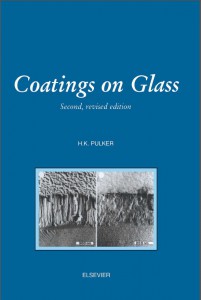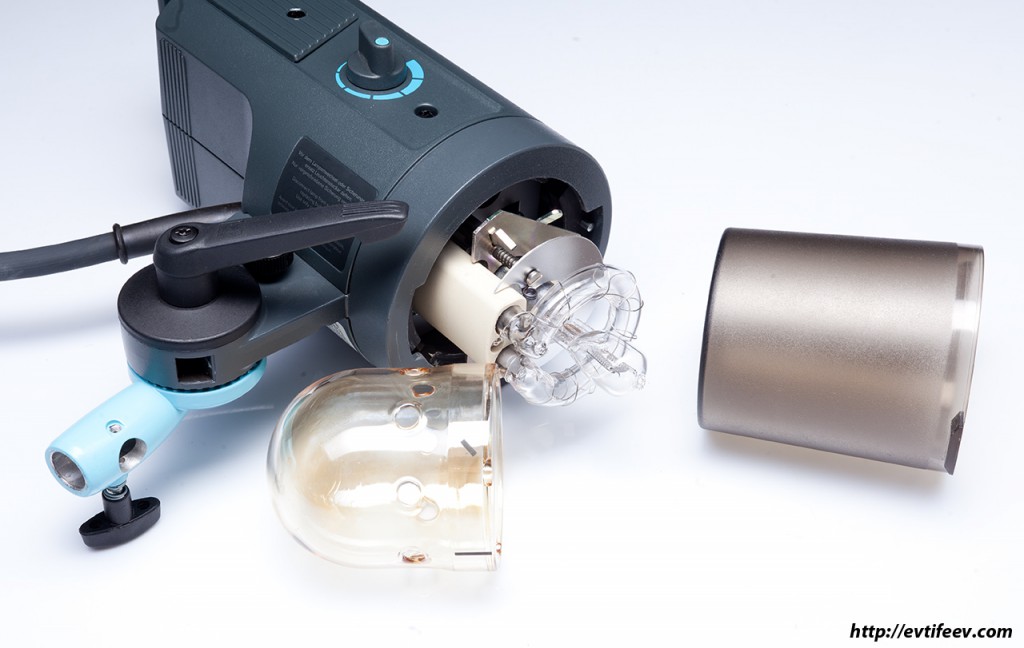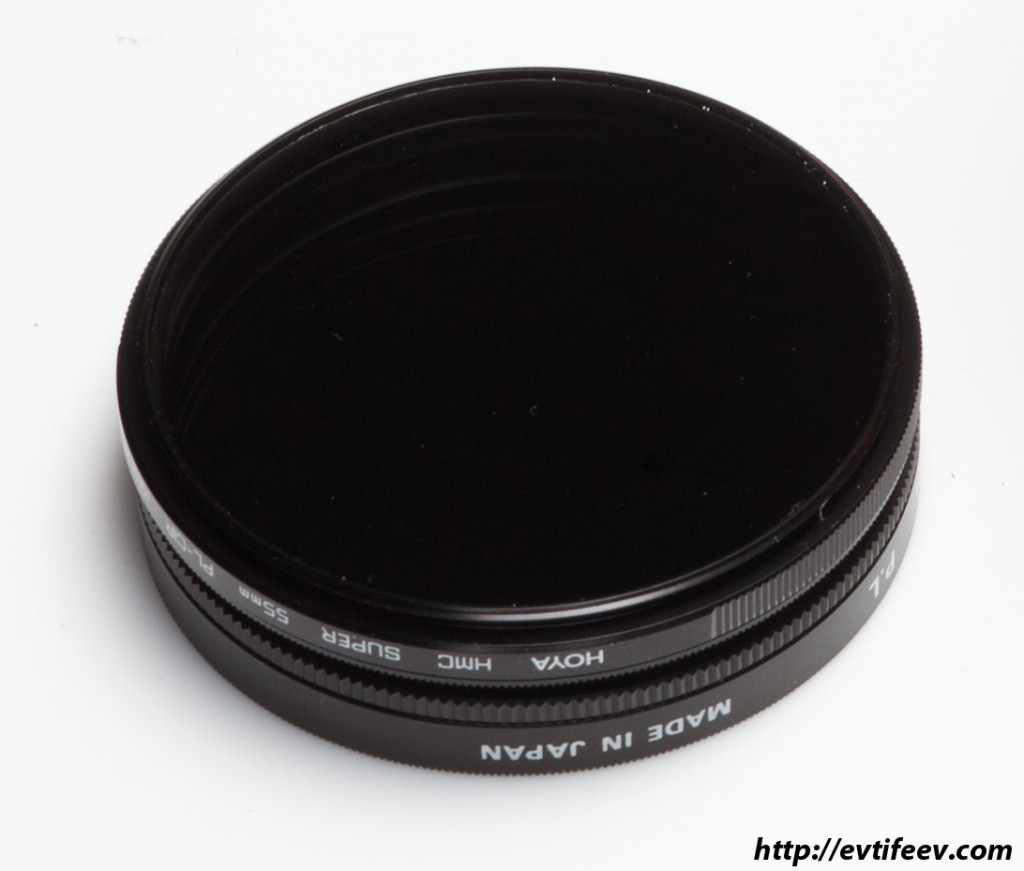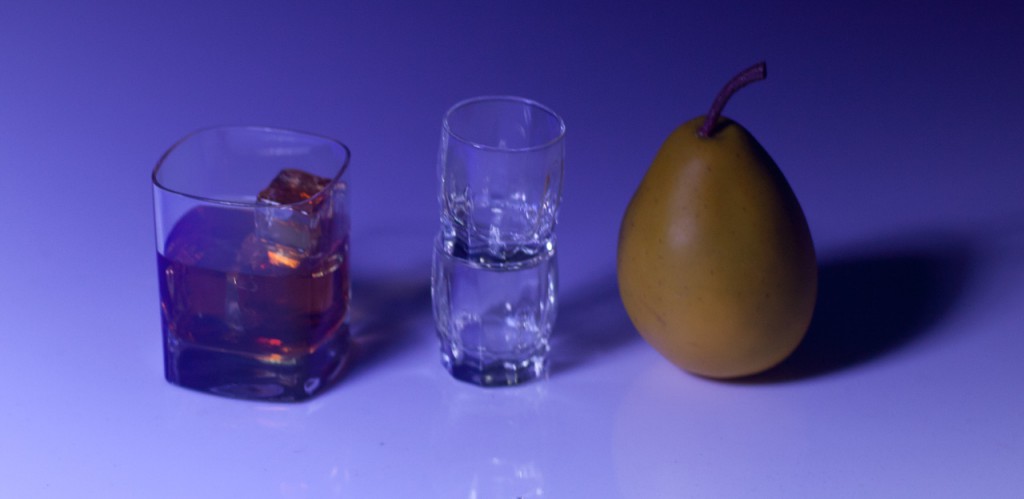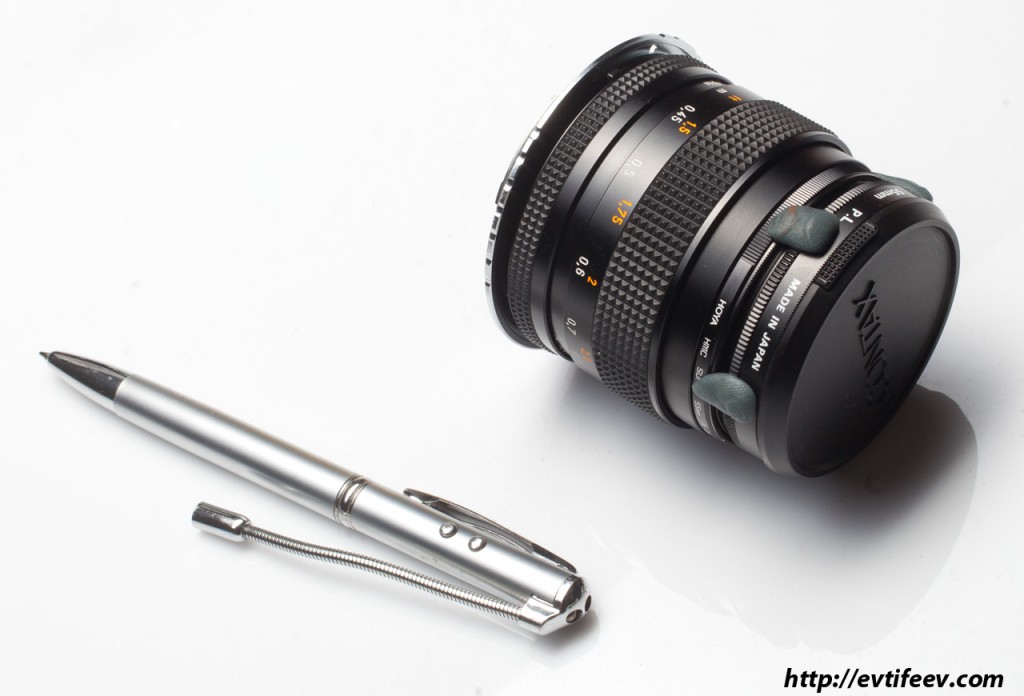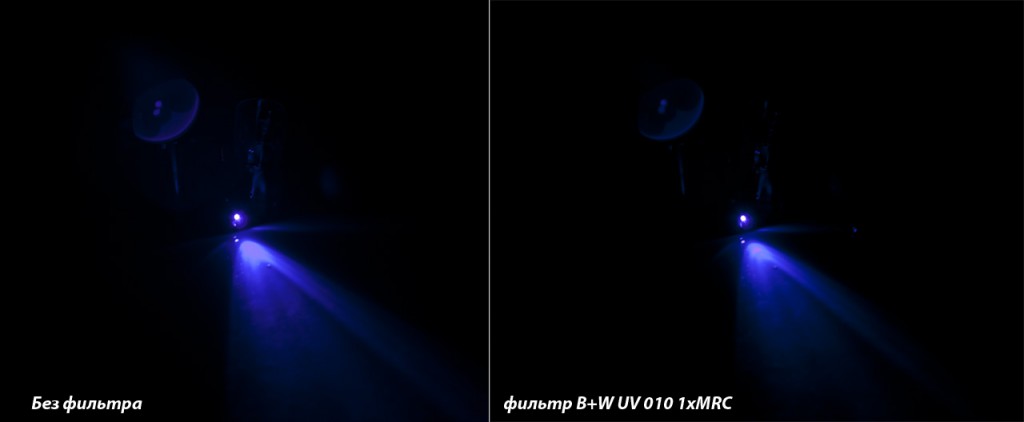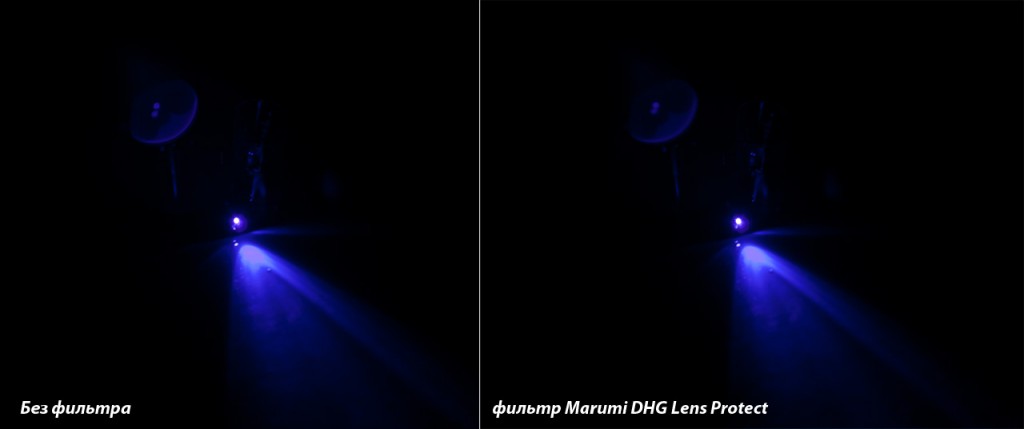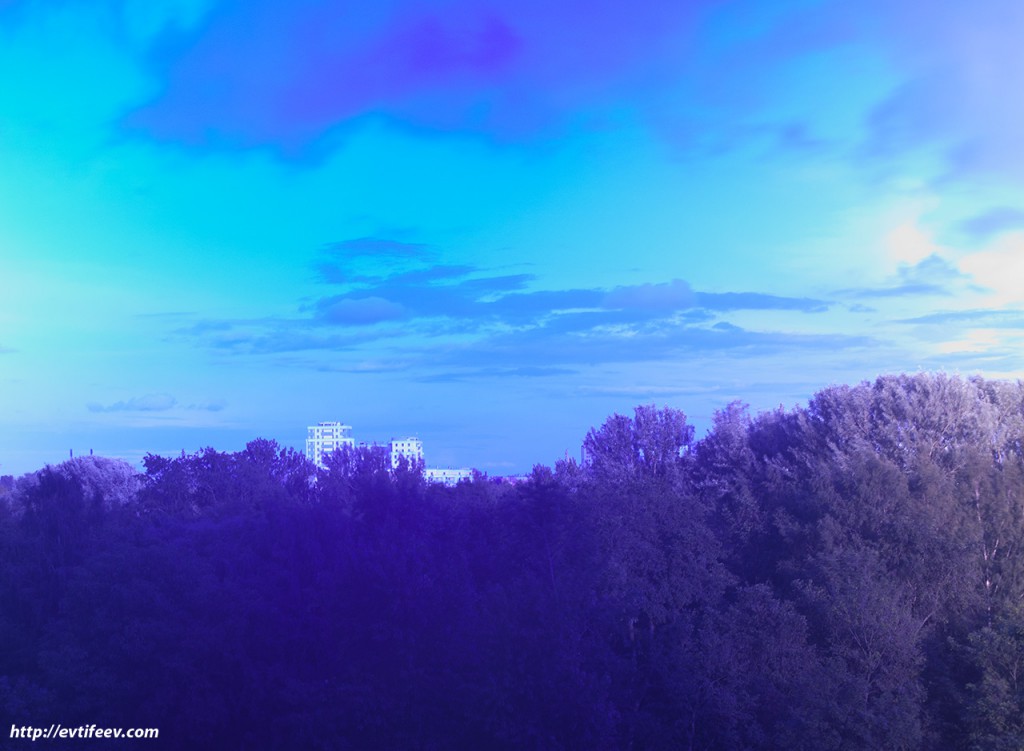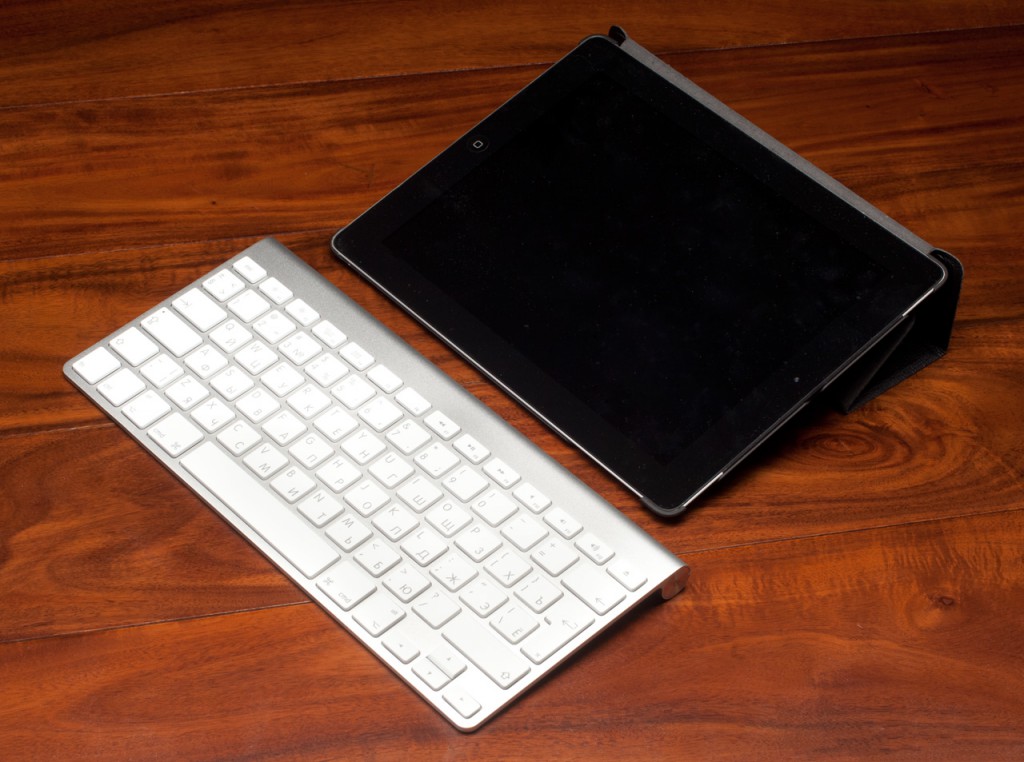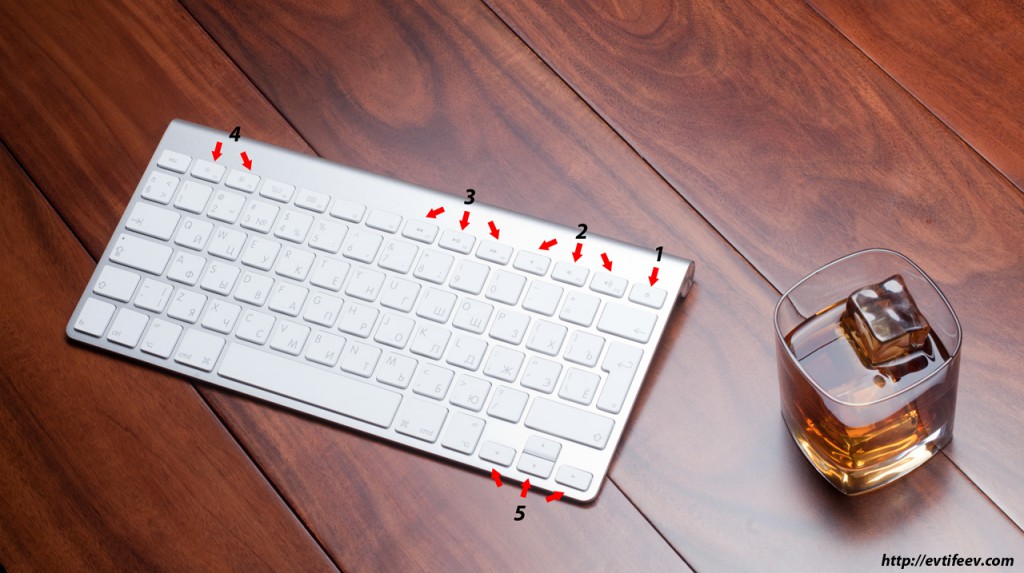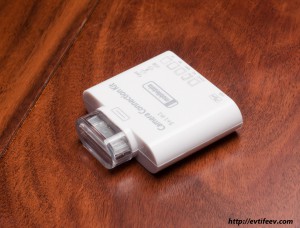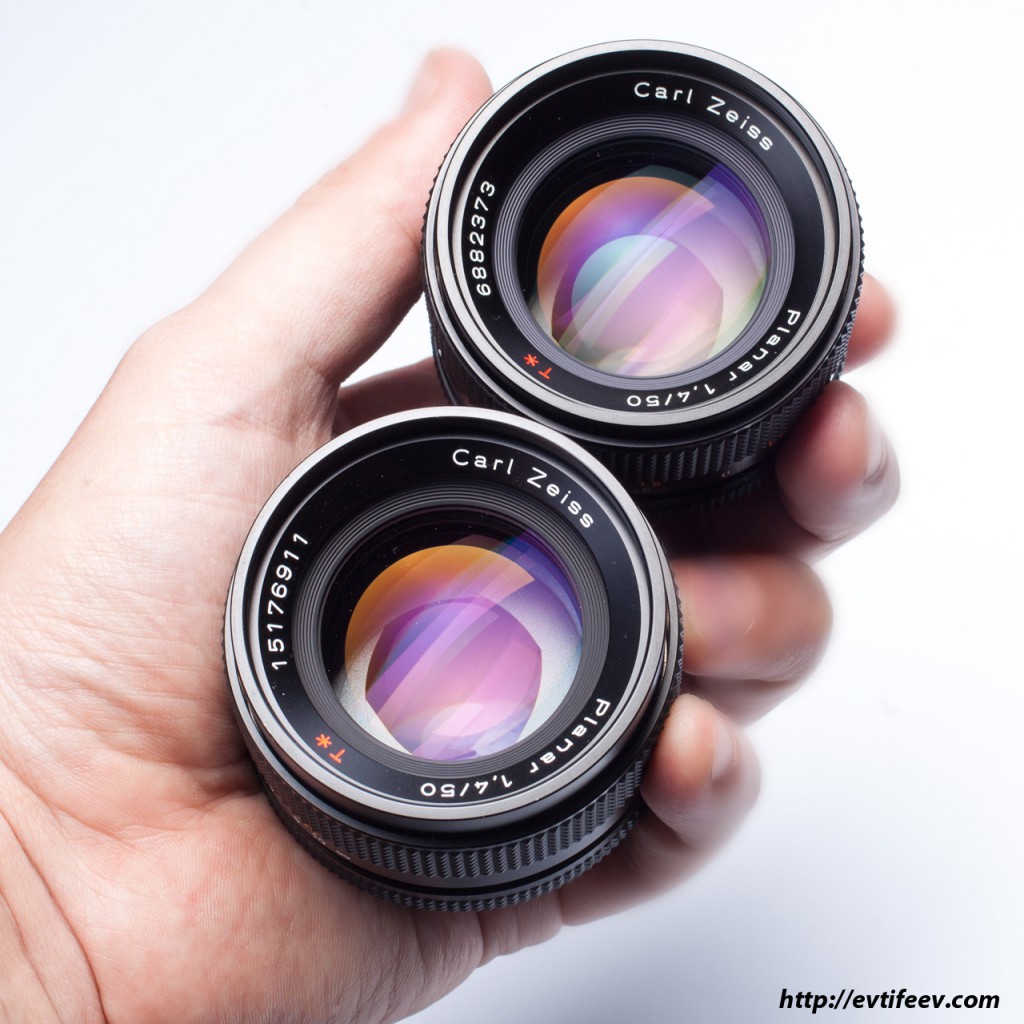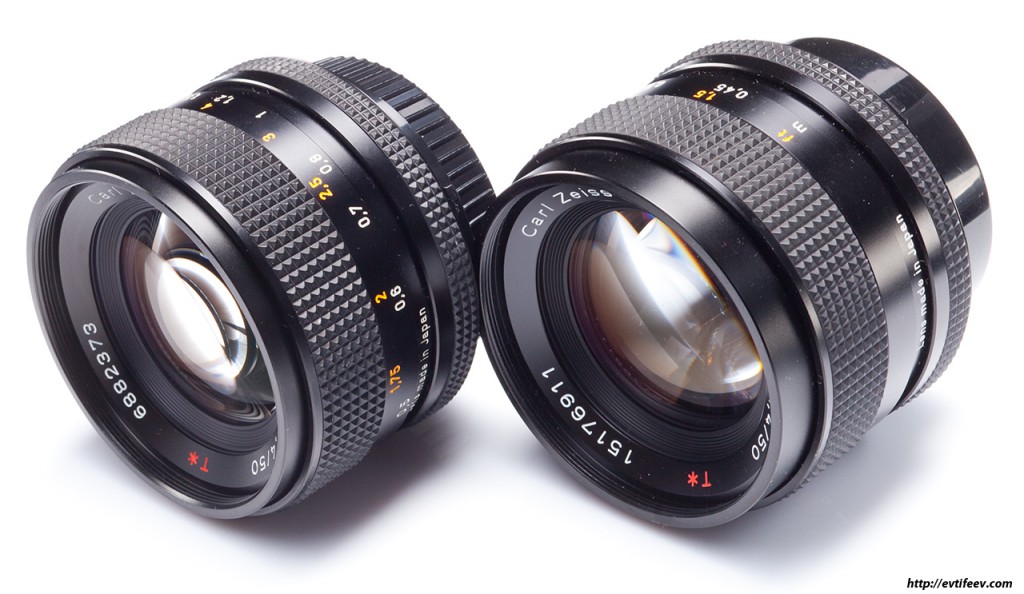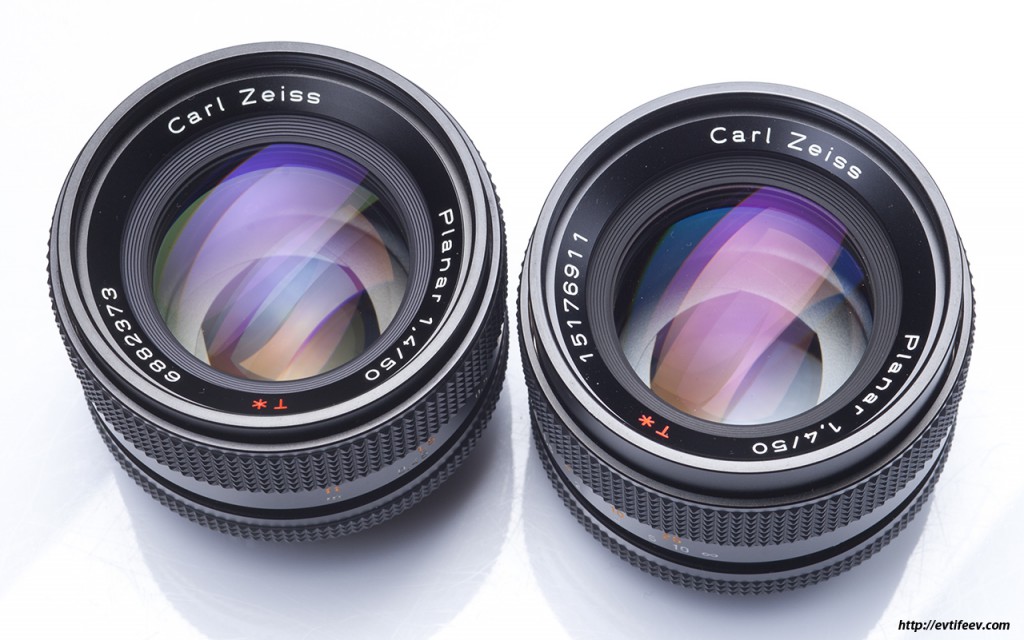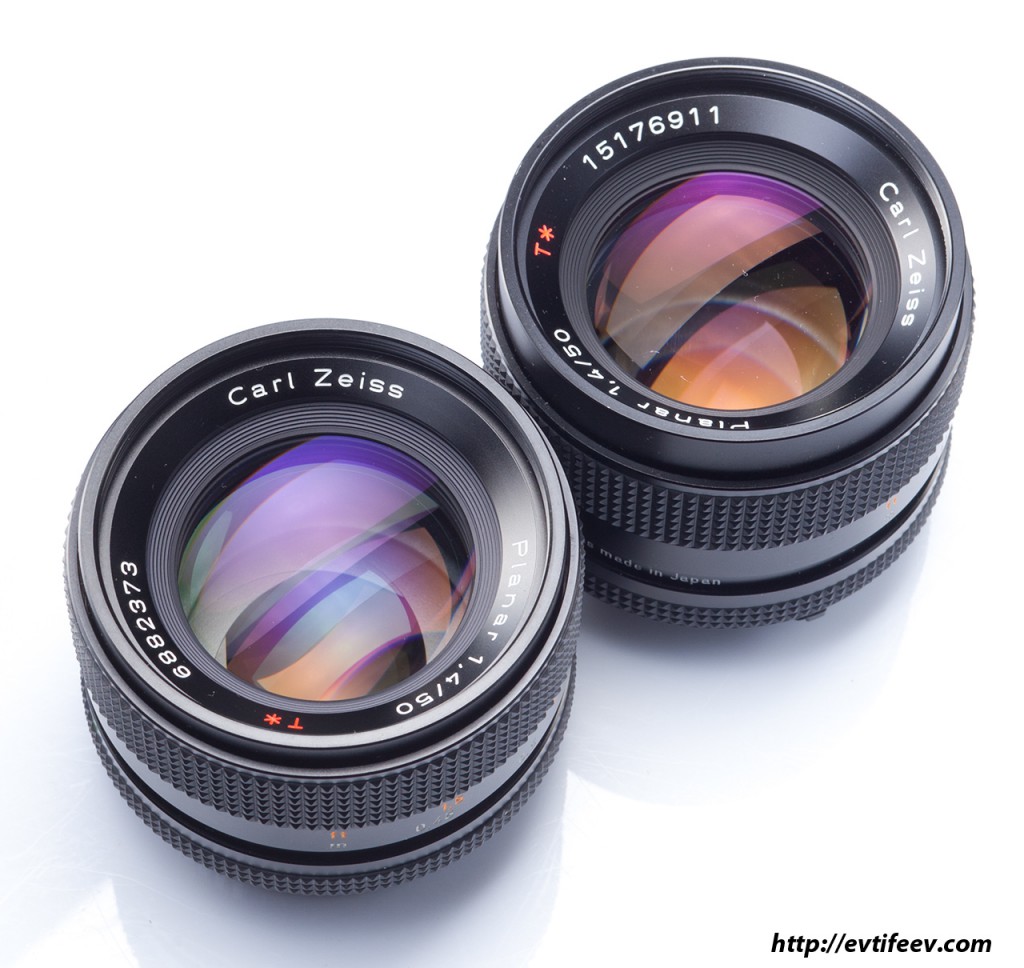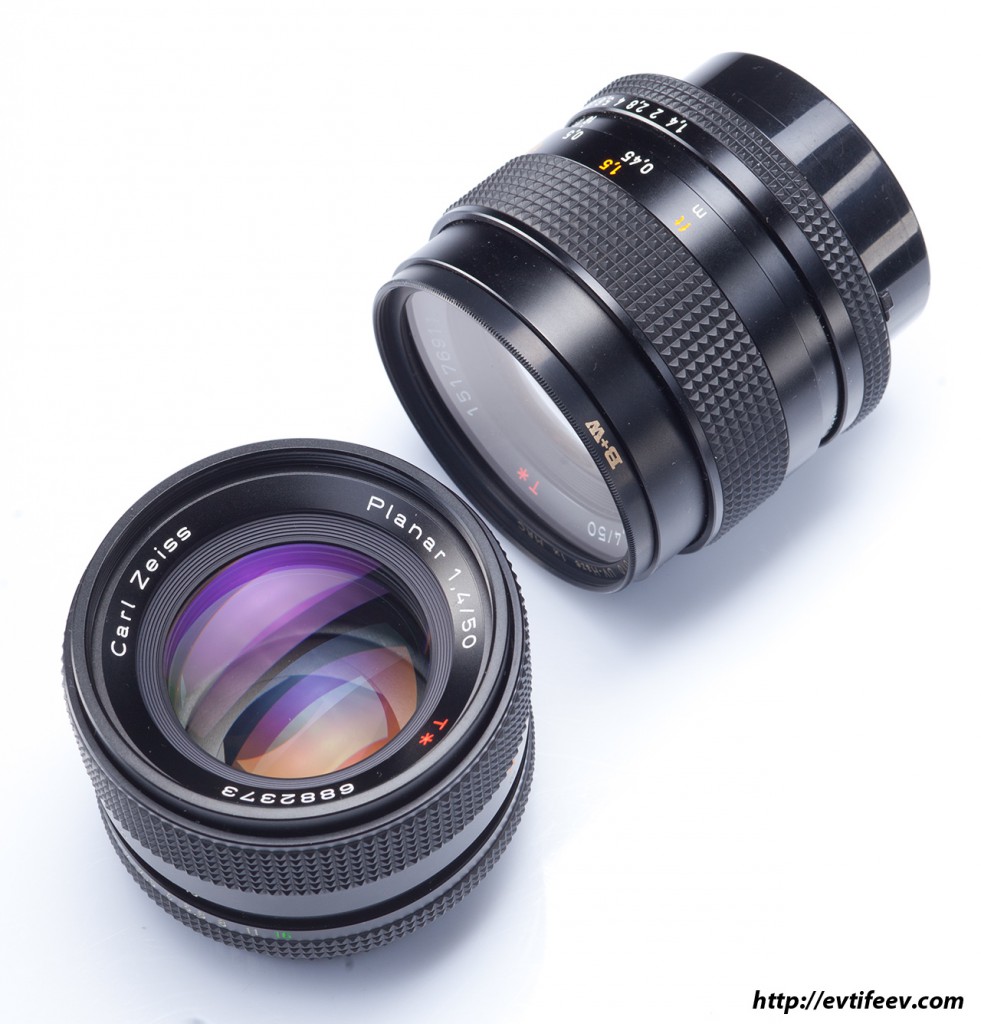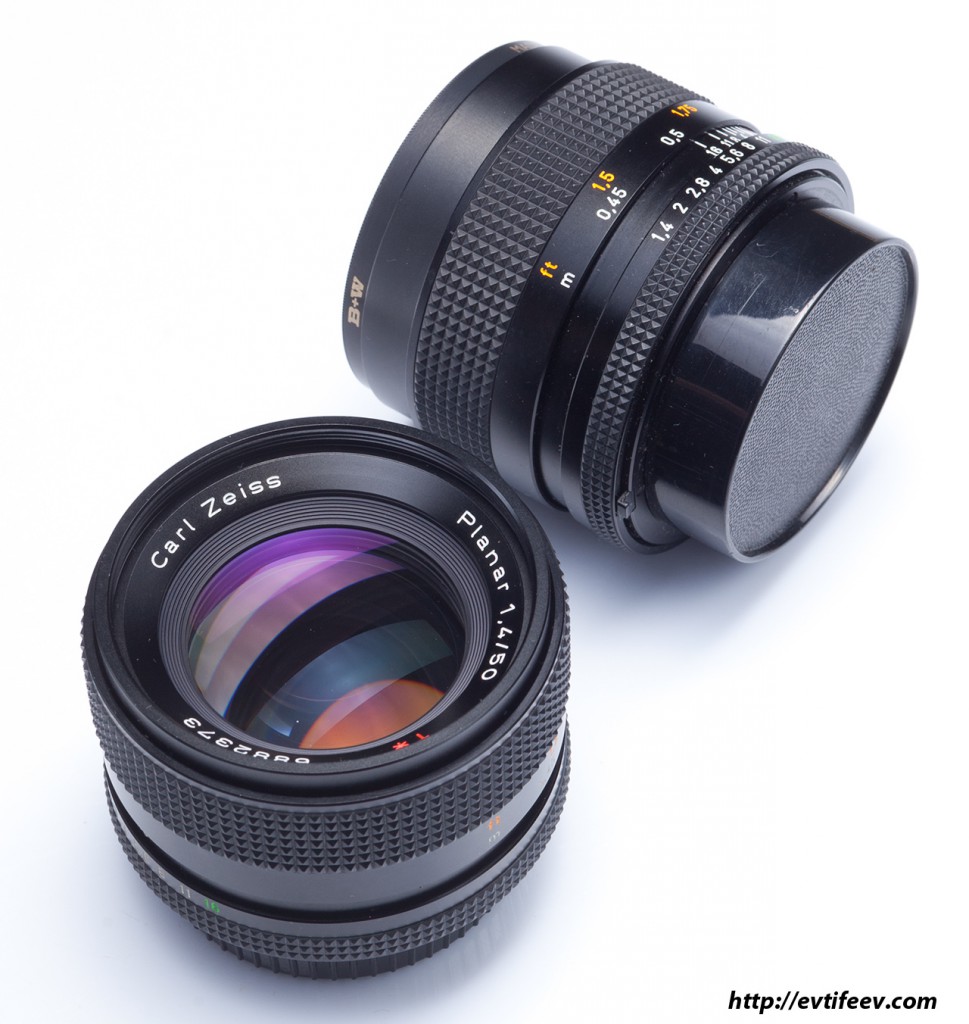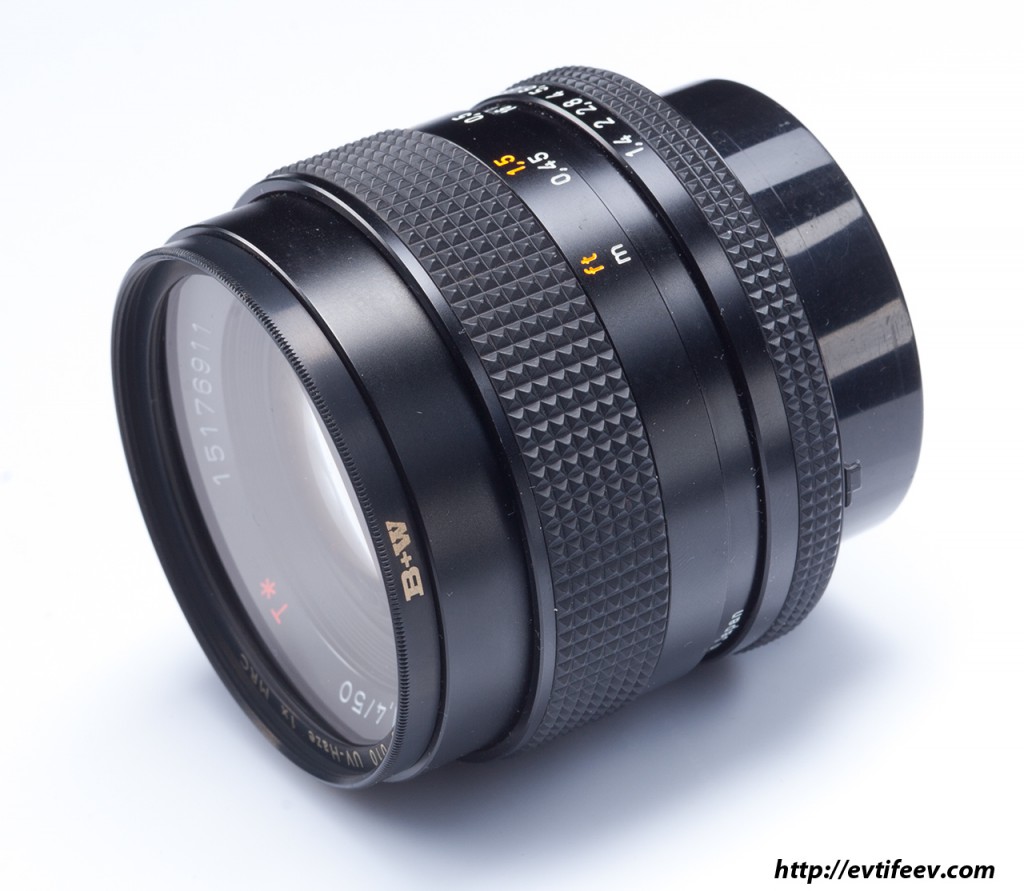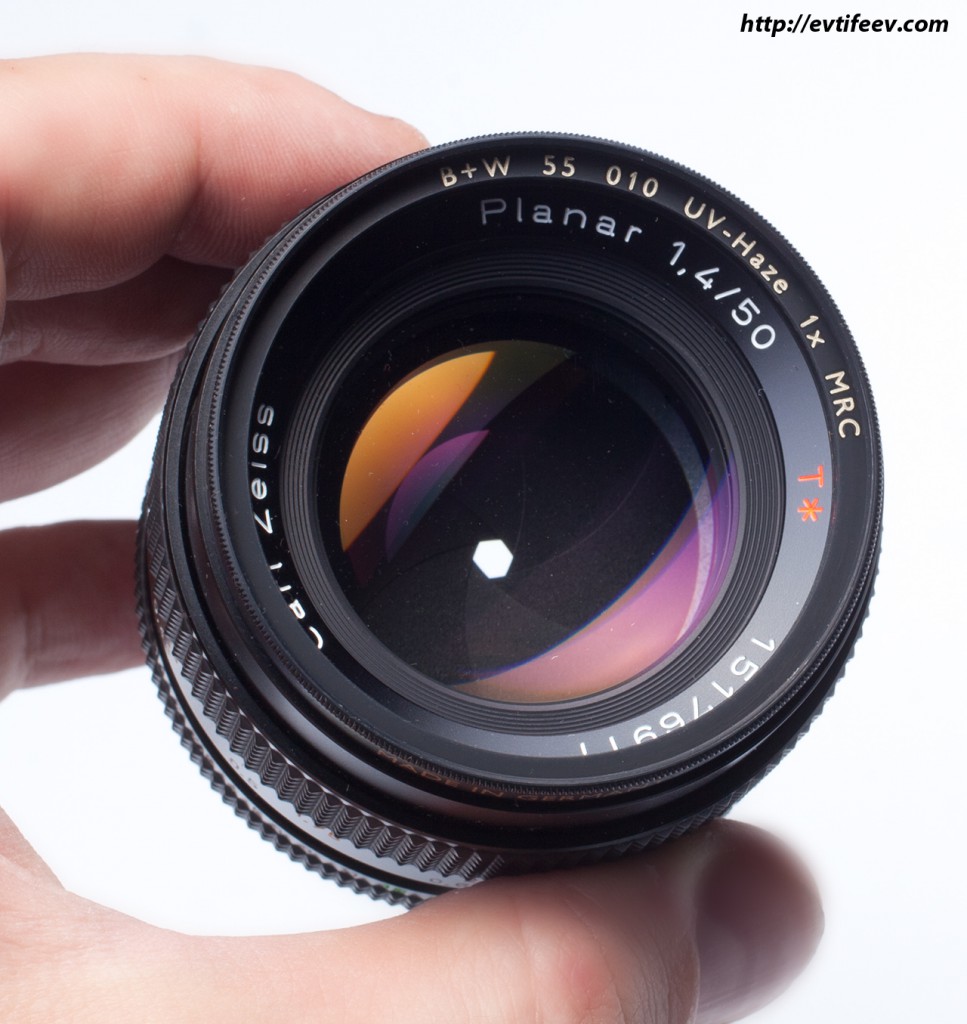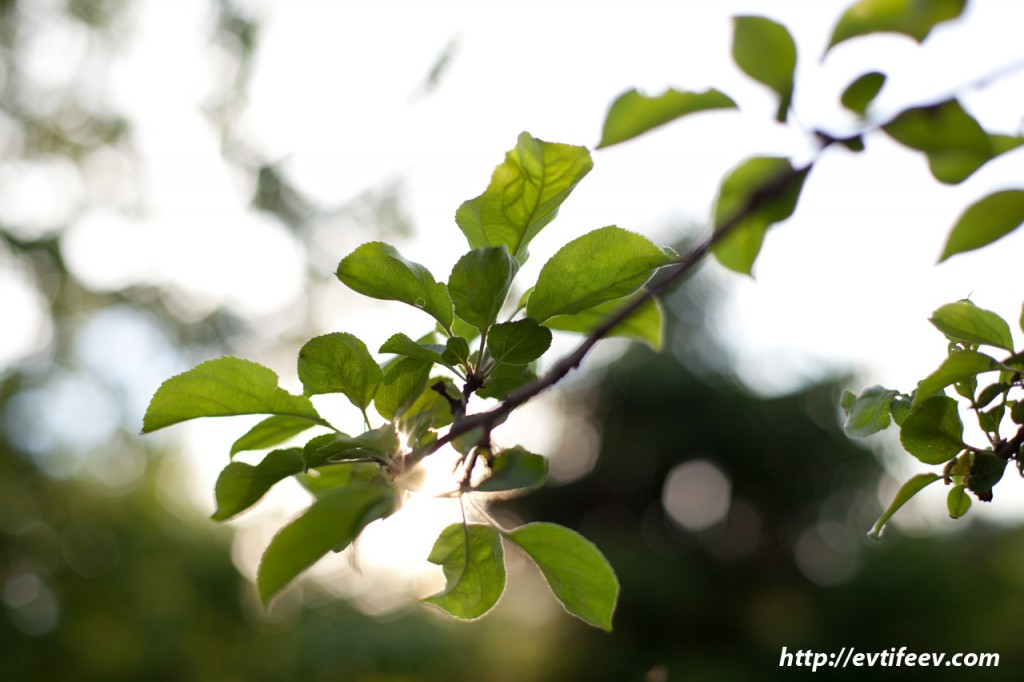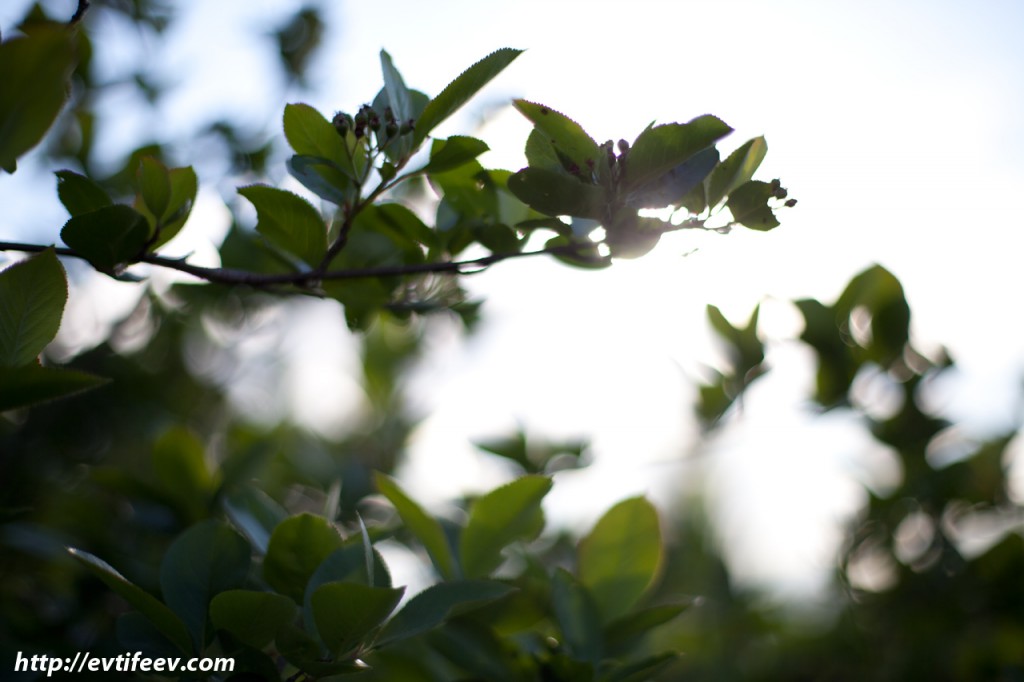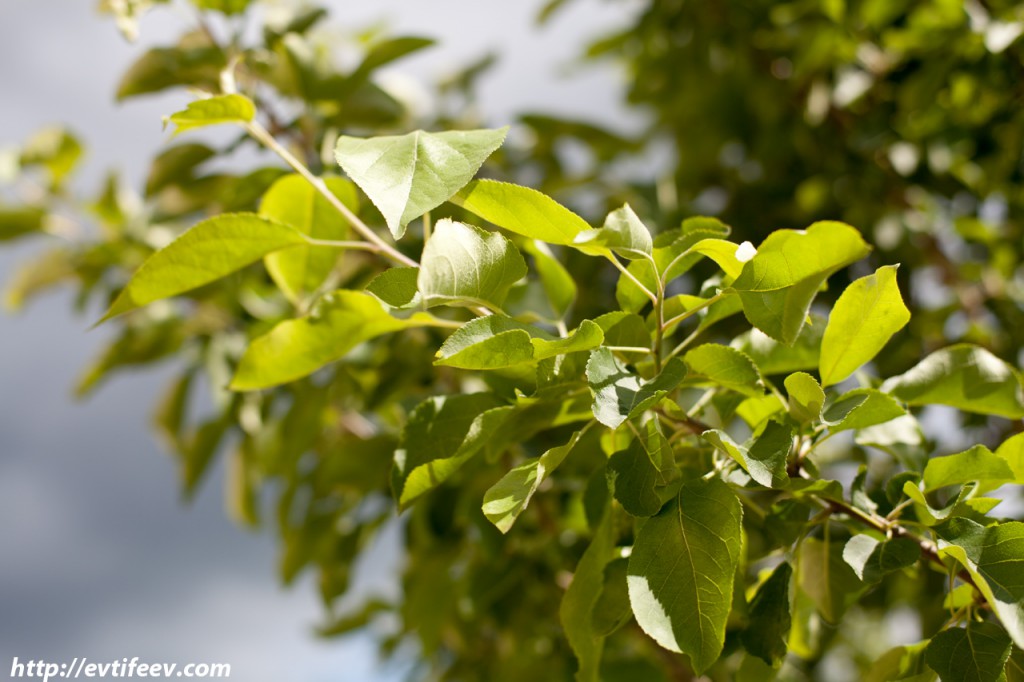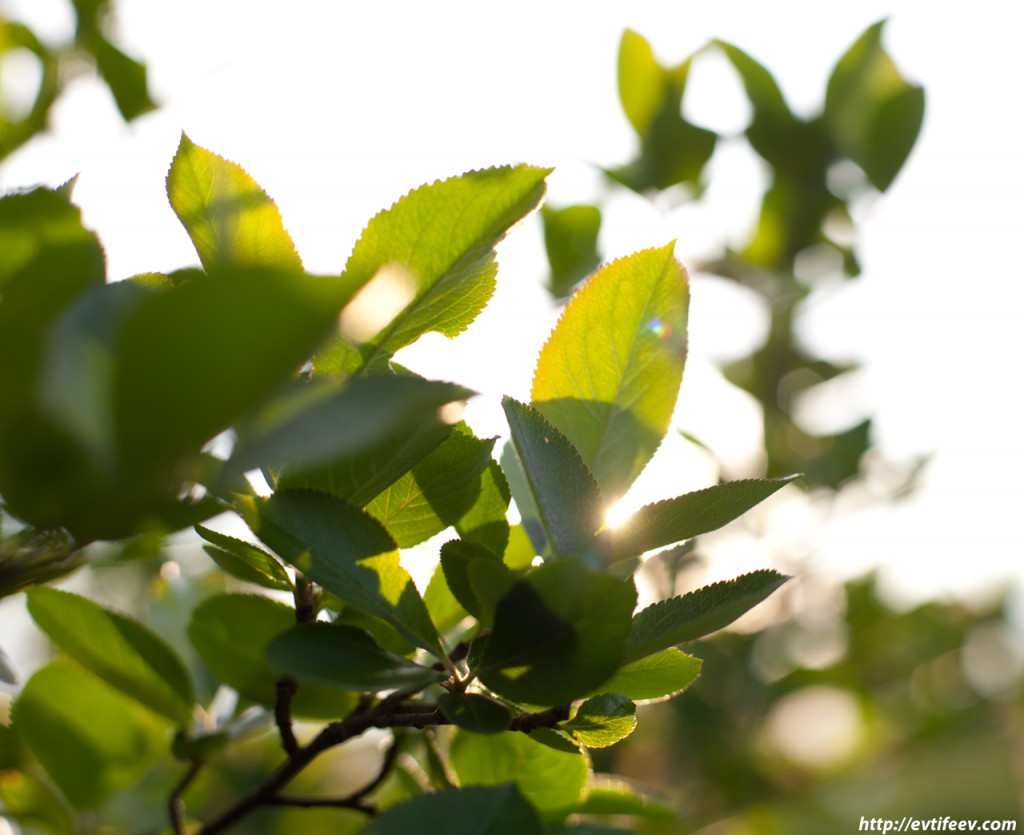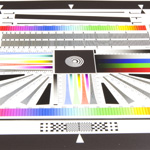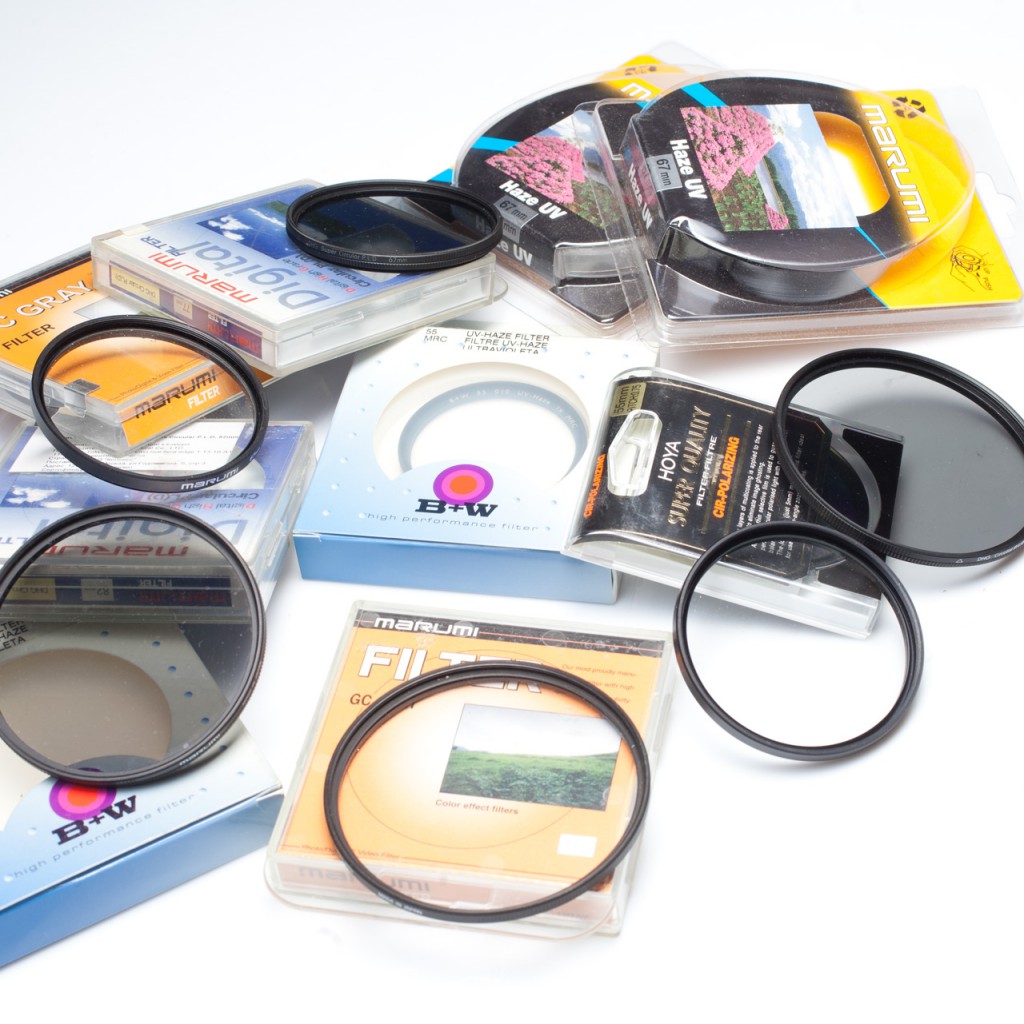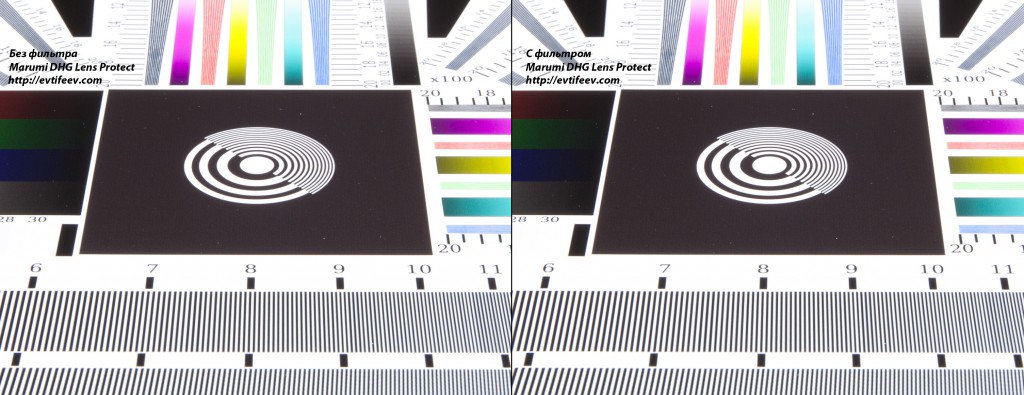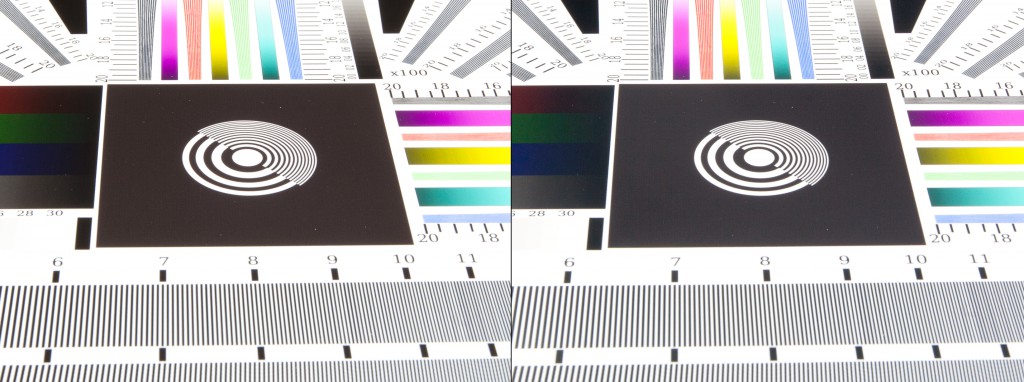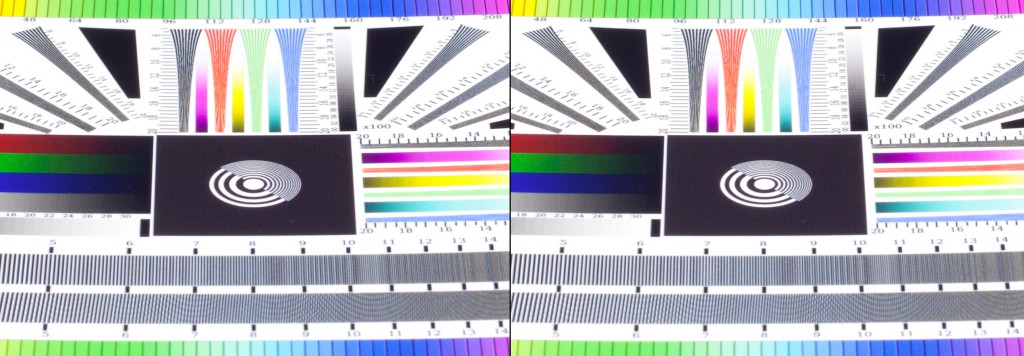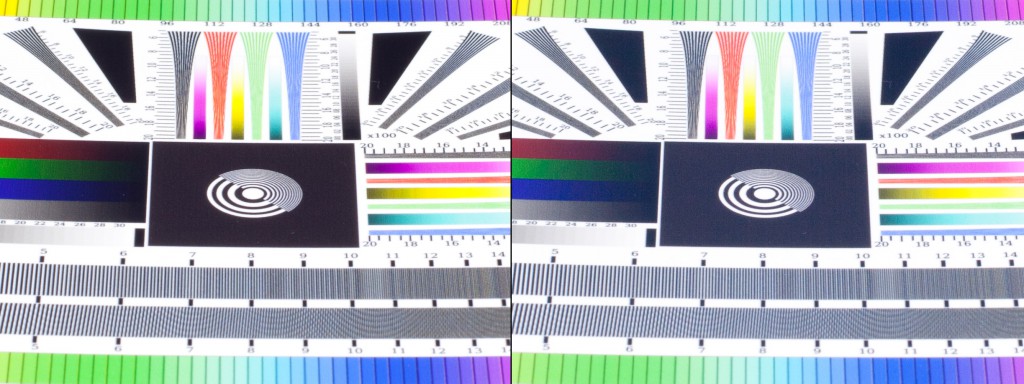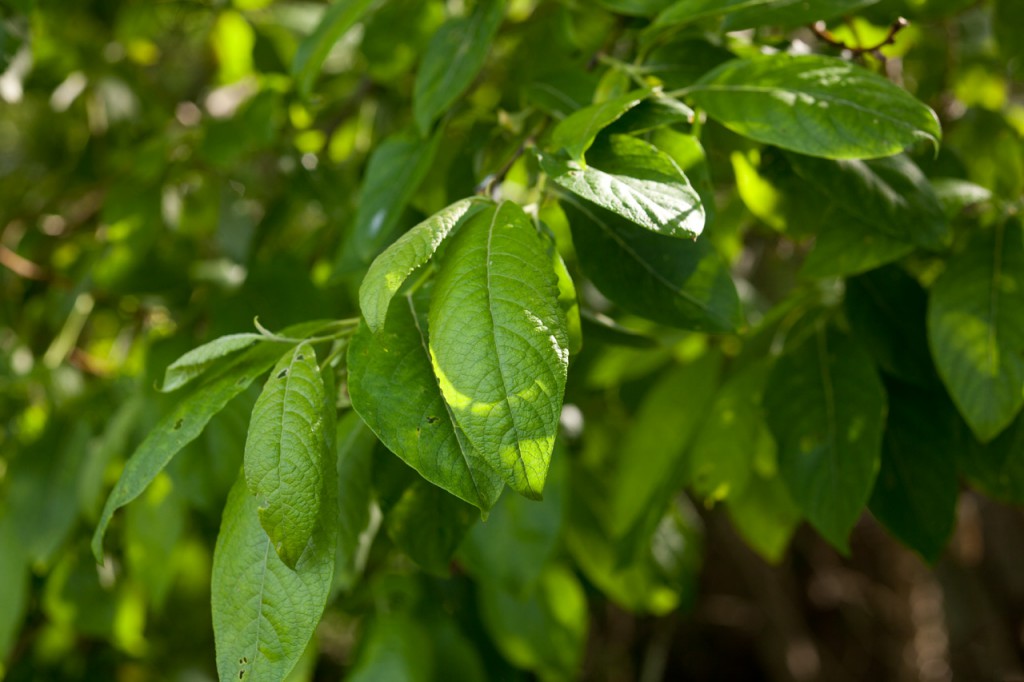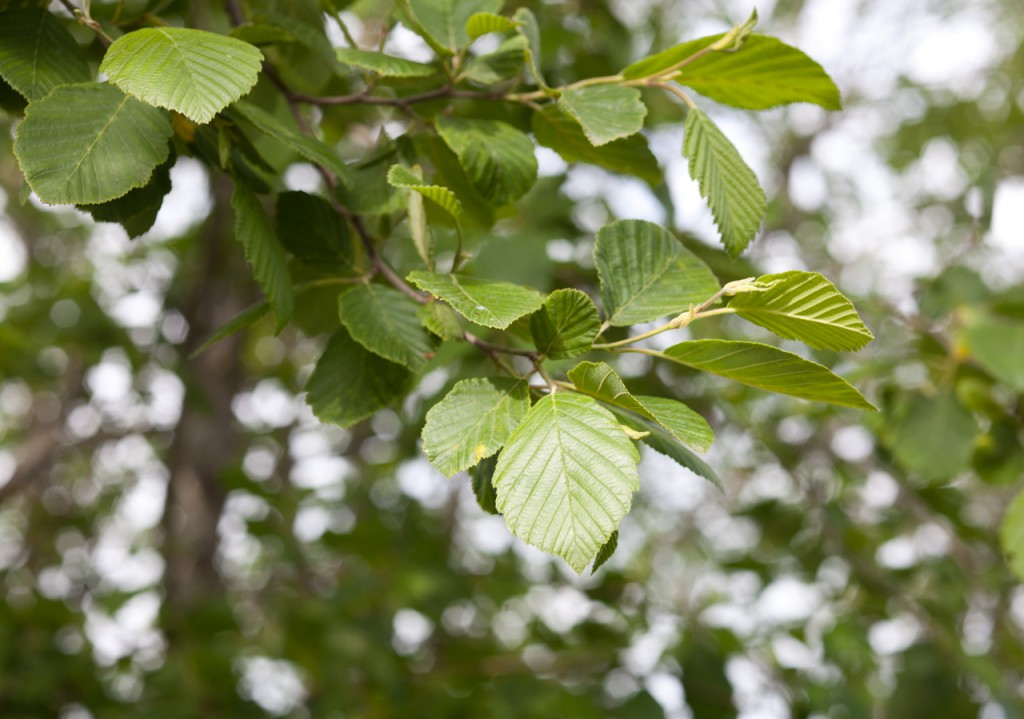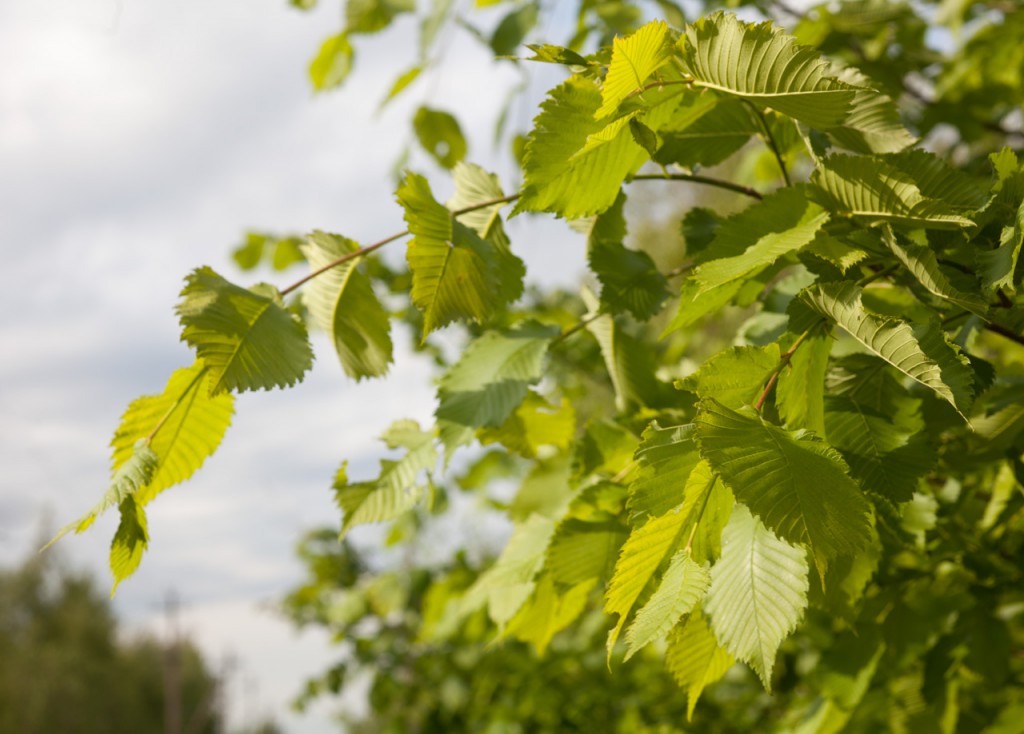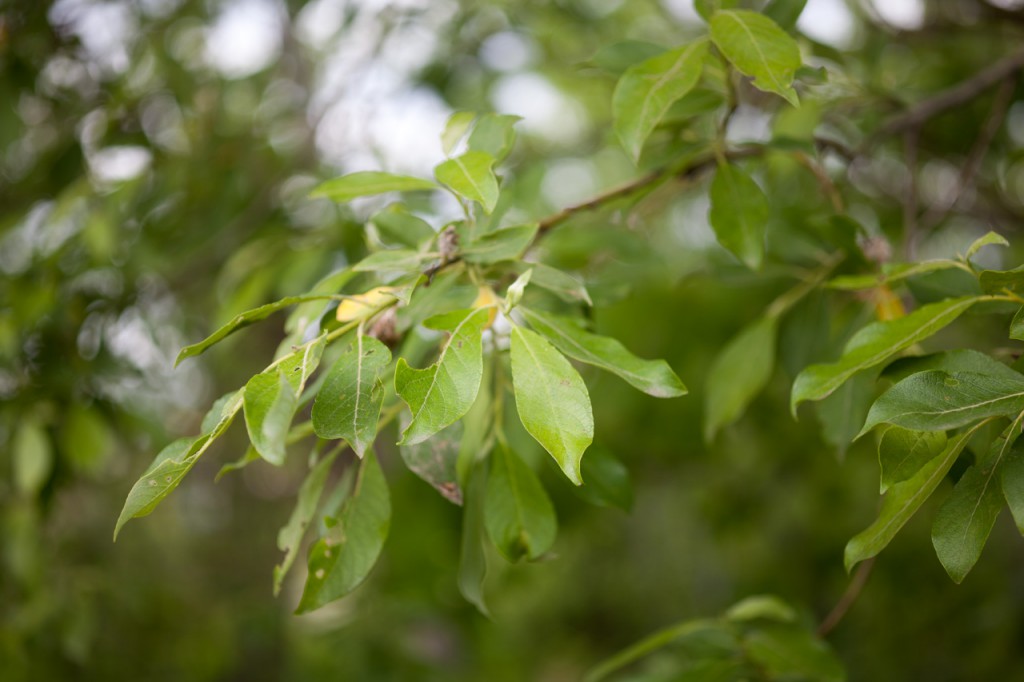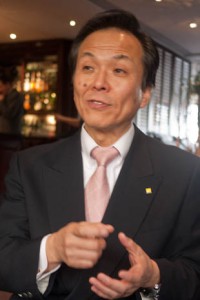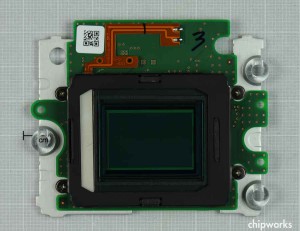Многие читатели моего блога используют неавтофокусные объективы, так что я решил поделиться информацией на эту тему со всеми, кому это может быть интересно.
Мне задал вопрос один из читателей, Денис:
"Уважаемый Дмитрий
Не подскажите:
У меня есть несколько объективов Contax (c/y) и два адаптера на Canon eos.
Один адаптер китайский не программируемый. Второй Лушникова. На обоих
повторяется ситуация, что при фотографировании на прикрытой диафрагме
(F9
например) фотографии прилично переэкспонируются. (Объективы sonnar 85
2.8, sonnar 135 2.8, planar 50 1.4)
Судя по информации из интернета я так понял это ошибка будет в случае
если объектив «рапортует» «открытую» диафрагму (f1.4 — 2.8), а снимок
делается на прикрытой. И вроде бы если бы одуванчик мог сказать что
сейчас текущая диафрагма f9, то снимок будет правильно отработан. Так ли это?
Пока выхожу из положение используя LiveView — там похоже экспозамер
работает «по картинке» и такой проблемы нет даже для f9. Но LiveView
«слепнет» днём, да и смотреть как-то привычнее и быстрее через видоискатель.
Правильно я понимаю что в каких-то китайски одуванчиках можно быстро
указать аппарату диафрагму на которую сейчас прикрыт объектив? Если да
то насколько это оперативно и применимо в реальности? Или я что-то не так понял?
Подскажите пожалуйста как Вы выходите из этой ситуации?
Заранее извините если вопрос уже где-то «разжёван».
Спасибо.
—
Ещё потестировал, почитал в интернете.
Пока получается следующее:
Исходное:
1) есть чип одуванчик, который запрограммирован на какое-то число (скорее всего максимальную открытую диафрагму объектива)
2) на любых из моих адаптерах, если на тушке в режимах (Av и M) пытаться менять диафрагму — она не меняется. (Подумал, что наверно даже если бы это и работало, то вряд ли бы помогло. Замер то делается на открытой диафрагме)
3) оперативно изменить «максимальную» диафрагму в одуванчике тоже вряд ли получится. Там целая процедура входа, задания, выхода. Если нужно быстро прикрыть диафрагму во время съёмки скорее всего это не реально. (во всяком случае по опыту работу с чипом Лушникова)
Из того что нарыл в интернете:
Из-за того что на Canon стали ставить какое-то более прозрачные фокусировочные экраны, то как обратная сторона получили такой эффект, что меняя дифрагму, освещённость на датчик экспозиции меняется в нелинейной зависимости. (Интересно как им удалось достичь такого результата? :))
Цитата:
>The EOS 20D focusing screen is optimized for superior brightness at
>moderate apertures from about ƒ3.5 and smaller, compared to
>conventional ground glass designs. This makes the viewfinder image
>brighter and easier to focus at those moderate apertures, >but the
>trade-off is that it passes disproportionately more light to the
>metering system
Вероятно чтобы замер не врал, в итоге, где-то (в камере), прописали коэффициенты передачи для всех диафрагм. И когда используются объективы, сообщающие свою макс апертуру, то измеренная экспозиция умножается на коэффициент для данной диафрагмы. Когда мы на «ручных» объективах прикрывает диафрагму на объективе до F9, то минимальная диафрагма остаётся что-то типа (1.4, — 2.8). И коэффициенты для них получаются разные. Поэтому и получаем враньё в замере.
Вероятные выводы:
1. Врать не будет только при точном совпадении «что прописано как макс диафрагма в чипе» и текущей выставленной диафрагме на объективе.
2. Возможно есть фокус экраны с пропорциональной характеристикой, и тогда такой проблемы не будет.
3. Для объективов без чипа возможно кэнон использует усреднённую апроксимирующую прямую. Но ошибки тоже наверно будут. Возможно кстати что с адаптерами без чипа средние ошибки экспозиции будут даже меньше?
Из «советов» из интернета:
1. Использовать LiveView — там другой механизм оценки экспозамера. Это понятно.
2. Самому «нащупать» и запомнить значиния этой кривой и при случае руками вводить поправки экспокоррекции для нужной диафрагмы :) 3. Ну и всякие брекетинги, смотреть гистограму по результату и т.д...
4. Замерять экспозицию при нажатой кнопке «превью» — у меня эффекта не дало никакого.
5. Динамическая широта матриц и так большая — вытягивайте в конверторе :)
Опять же всё приведённое выше скорее только догадки. Проверял, тестировал мало.
Экспозамер работает независимо от того, что передаёт одуванчик. Это
влияет только на вспышку системы TTL. Со вспышкой на Лушниковском
адаптере для Canon проблема — недосветы из-за того, что он передаёт
неправильное значение (только полностью открытой диафрагмы)
На китайских адаптерах для Canon (и прочих) можно ставить диафрагму на
камере и соотв. Она передаётся в камеру и вставляется в Exif.
Это вобщем для мануального объектва нормально по оперативности.
Поставил диафрагму на объективе, потом на «тушке» и пользуйся. Я для
тестов так и делаю.
Экспозамер
Вобщем-то вы всё правильно поняли про экспозамер. Замеряется на максимально открытой диафрагме и потом умножается на соответственный коэффициент. Другое дело, что, например, Canon, знает все свои объективы и соответственно камера тоже опознает автофокусный объектив. Для всех таких объективов значения коэффициентов, скорее всего, прописаны в прошивке камеры.
Что же получается с мануальными объективами? Вашу закрытую диафрагму камера воспринимает как максимально открытую. Меряет экспозицию, умножает на некий (в китайских адаптерах чаще 50/1.4) коэффициент и получаем пересвеченную картинку.
Что тут можно сделать?
Понятно, что максимальная светосила в адаптере должна соответствовать в таком случае диафрагме на которой будет снимок. Это нереально тк диафрагму на объективе вы вольны закрывать до удобного вам значения и значения эти могут быть разными. Оперативно максимальная прописанная светосила в адаптере не меняется ни в случае с китайским адаптером, ни в адаптере Лушникова.
И вобщем-то все варианты вы уже описали.
Хочу от себя добавить только, что раз все коэффициенты зашиты в прошивку, то результаты с экспозицией могут отличаться в зависимости от прошивки и от камеры.
Так у меня на Canon 5D mark II наблюдались ровно те же проблемы, а с профессилнальной камерой Canon 1D mark II N проблем с пересветами на манульных объективах не оказалось. Экспозиция меряется корректно.
Выводы могут быть наподобие ваших насчёт экрана, но я предполагаю, что дело не в экране, а именно в системе расчёта экспозиции.
1) Я с мануальными объективами использую режим «М» и ориентируюсь по гистограмме (делаю поправки экспозиции). Это не очень оперативно, зато большой ошибки никогда не бывает.
2) Еще вариант использовать флешметр. Это будет оперативней, но модель/объект должен быть недалеко от вас, чтобы вы могли подойти, замерить, а потом отойти и сделать снимок. С моделью это очень удобно.
3) Иметь с собой цифромыльницу. Маленькая дешевая цифромыльница вполне корректно меряет экспозицию через объектив. Этот способ часто используют любители снимать на плёночную СреднеФорматную технику.
А вы знали, что и родные объективы Canon дают ошибку экспозиции? По крайней мере некоторые...
Экспериментальные данные
Камера №1 — 1D mark II N
Профессиональная репортажная камера. Уже морально подустаревшая, но все равно очень хорошая.
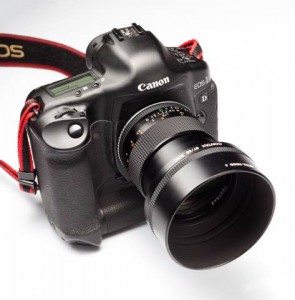
Canon 1D mark II N
===> Объектив Canon 50/2.5
| Диафрагма на камере |
Фокусировочный экран |
Диафрагма объектива |
Экспозиция |
| F8 |
EC-A |
F8 |
1/10s (OK!) |
| F8 |
EC-NR |
F8 |
1/10s (OK!) |
| F8 |
EC-S |
F8 |
1/10s (OK!) |
===> Объектив Carl Zeiss Planar 50/1.4
С китайским EMF (программируемым) адаптером.
| Диафрагма на объективе |
Фокусировочный экран |
Диафрагма на камере |
Экспозиция |
| F8 |
EC-A |
F8 |
4s (пересвет) |
| F8 |
EC-S |
F8 |
3s (пересвет) |
|
|
|
|
| F8 |
EC-A |
F1.4 |
1/8s (OK!) |
| F8 |
EC-NR |
F1.4 |
1/8s (OK!) |
| F8 |
EC-S |
F1.4 |
1/10s (OK!) |
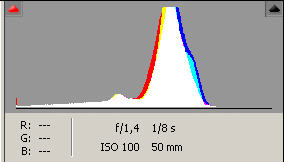
F1.4 (камера), 1.8sec - экспозиция правильная

F8 на камере, выдержка 4сек (пересвет)
Камера №2 — 5D mark II

Canon 5D mark II
===> Объектив Canon 50/2.5
| Диафрагма на объективе |
Фокусировочный экран |
Диафрагма на камере |
Экспозиция |
| F8 |
EG-A |
F8 |
1/13s (недоэкспонирован) |
| F8 |
EG-D |
F8 |
1/13s (недоэкспонирован) |
| F8 |
EC-S |
F8 |
1/20s (недоэкспонирован) |

F8 на камере, выдержка 1/13s
===> Объектив Carl Zeiss Planar 50/1.4
С китайским EMF (программируемым) адаптером.
| Диафрагма на объективе |
Фокусировочный экран |
Диафрагма на камере |
Экспозиция |
| F8 |
EG-A |
F8 |
5s (пересвет) |
| F8 |
EG-D |
F8 |
5s (пересвет) |
| F8 |
EG-S |
F8 |
6s (пересвет) |
|
|
|
|
| F8 |
EG-A |
F1.4 |
1/5s (OK!) |
| F8 |
EG-D |
F1.4 |
1/5s (OK!) |
| F8 |
EG-S |
F1.4 |
1/6s (OK!) |

на камере F8, на объективе F8, выдержка 5сек
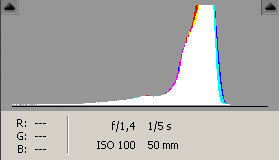
на камере F1.4, на объективе F8, выдержка 1/5s
===> Объектив Carl Zeiss Makro-Planar 60/2.8
С адаптером Лушникова.
| Диафрагма на объективе |
Фокусировочный экран |
Диафрагма на камере |
Экспозиция |
| F8 |
EG-A |
F2.8 |
0.8s (пересвет) |
| F8 |
EG-D |
F2.8 |
0.6s (пересвет) |
| F8 |
EG-S |
F2.8 |
0.5s (небольшой пересвет) |
|
|
|
|
| F2.8 |
EG-A |
F2.8 |
1/60s (немного недоэкспонирован) |
| F2.8 |
EG-S |
F2.8 |
1/100s (недосвет) |
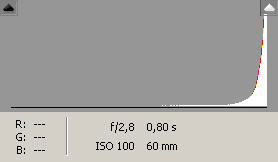
на камере F2.8, на объективе F8 = 0.8s, пересвет
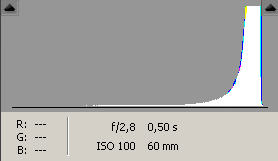
на камере F2.8, на объективе F8, выдержка 0.5сек - небольшой пересвет
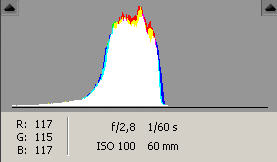
на камере F2.8, на объективе F2.8, выдержка 1/60 - небольшое недоэкспонирование

на камере F2.8, на объективе F2.8, выдержка 1/100 - недосвет
Выводы
1. Мои результаты показали, что экспозиция при установке китайского EMF адаптера на максимально открытую диафрагму меряется достаточно точно на обеих камерах с разными фокусировочными экранами.
2. Большая ошибка получается при установке значения диафрагмы на камере, соответствующего значению на объективе.
3. В случае с адаптером Лушникова расчетные значения экспозиции при указании в камере разных фокусировочных экранов отличаются сильнее. Единственный вариант — использовать стандартный экран и диафрагма на камере должна совпадать значению на объективе. Мог еще повлиять другой объектив (адаптер Leitax у меня установлен на 60/2.8, а китайский я пробовал на 50/1.4). Сегодня же попробую проверить еще и на 85/1.4, где тоже адаптер Лушникова. Возможно влияет еще на расчёт максимальная светосила объектива и фокусное расстояние. Результаты добавлю в эту статью.
UPDATE
Проверил на Carl Zeiss 85/1.4
Камера 5D mark 2, объектив Carl Zeiss 85/1.4 + адаптер Лушникова. Режим съемки AV, объектив выставлен на F8, камера на F1.4 (не изменяемое в данном случае значение).
Результат замера экспозиции — 1/6sec, экспозиция рассчитана правильно (чуть темнее, чем надо).
Камера 5D mark 2, объектив Carl Zeiss 85/1.4 + китайский адаптер EMF. Режим съемки AV, объектив выставлен на F8, камера на F1.4.
Результат замера экспозиции — 1/4sec, экспозиция рассчитана правильно.
Вывод из данного мини-теста: Информация подтвердилась — адаптер Лушникова нужно программировать правильно, ставя максимальную диафрагму соответственно объективу. Можно прописать максимальную диафрагму чуть более темную для более правильного расчёта экспозиции (тк на всех объективах он давал чуть темные картинки).
Я еще проверю данные по китайскому адаптеру, попробовав его на менее светосильном объективе.
4. Учитывая хитрый расчёт экспозиции с привязкой к камере и конкретному объективу, хотелось бы иметь возможность вводить корректировку коэффициентов экспозиции в камере для разных объективов, как сейчас это можно сделать для автофокуса. Но пока такое не реализовано, может помочь изменение (обман камеры) фокусного в адаптере? На это ответит тест с другим объективом.
5. Правильно меряется экспозиция с помощью режима LiveView. В этом режиме сначала кадр выглядит переэкспонированным, а потом постепенно подстраивается под освещенность. В режимах AV и TV камера использует изменение ISO для этой цели. Т.е. элементарно затемняет или осветляет аппаратно конечную картинку, потому и выдаёт всегда правильно экспонированный кадр.
Если у вас есть какие соображения на эту тему — пишите в комментариях.
Читайте также статью Экспозиция и экспозамер.

 БЛОГ ДМИТРИЯ ЕВТИФЕЕВА
БЛОГ ДМИТРИЯ ЕВТИФЕЕВА